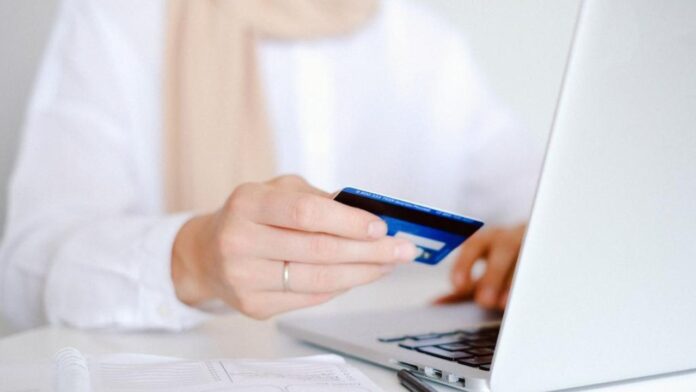Ever since the dawn of the internet age, it was only a matter of time before banks progressed into the digital space. Today, online banking has become a thing, and there is hardly any bank that doesn’t have a digital footprint. They offer their services to customers using different online mediums, which has increased access to banking services.
Customers can access these services from the comfort of their homes instead of visiting a local branch, which they would have done years ago before the advent of the internet on a global scale.
However, it takes knowledge to use online banking services. Here is all you need to know about online banking and how to make the most of it.
How It Works
The transfer of financial services to the digital space has been fundamental to the wider reach of these institutions in recent years. Online banking is facilitated with mobile apps that customers can download from Google or iOS stores. Users can transact with this application as if they would at their local branch and get the same result in less time.
They can view their account balance, generate account statements, transfer money to an account of the same or a different bank, pay bills, and even send money to recipients abroad. Some applications also allow users to deposit checks for clearing.
Despite their effectiveness, they are susceptible to hacking, which is why banks spend a lot on cybersecurity and sponsor campaigns educating users on safe online banking. Users are advised to avoid logging into the apps with a public Wi-Fi system so they are not vulnerable to theft. This will greatly improve your user’s online banking experience.
How To Bank Online Like A Pro
So you have decided to use the online banking services of your bank as a first-timer; there is nothing to worry about. As long as you have a smartphone and access to the internet, you can enjoy all the value-added services offered by the institution.
You Need Your Bank Account Details
You will need your bank account details to get started. This includes the name of the account and account number. If you are unsure of your details, consult the cheque or passbook issued by the bank.
Visit The Website
Once you have your account details, visit the bank’s website and log in. Click the link to download their mobile app so you can access your account from there.
Register Your Account
Register your account on the mobile app. To do this, follow the prompt to create an account using your banking details. You will be asked to answer security questions to prove it is you, and a one-time password will also be generated to verify the account.
You must create a strong password that will only be for your mobile app; do not use the same password used for other online applications, nor should you use your birth year.
Log Back In
Log back into the Mobile application and take a quick tutorial to get the hang of how the system works. Tutorials take only a few minutes and improve user experience immensely. So take the time to watch tutorials to learn a thing or two.
Online Banking Caveats
- Don’t Use Public WiFi: Don’t log into your account with a public Wi-Fi system as they are vulnerable to phishing. Your details can be stolen on public networks.
- Log Out After Use: Do not leave your account open on your device after completing a transaction or checking your account. Log out after you are done to prevent unauthorized access.
- Malicious Link: If you encounter any suspicious links, don’t click them. Some links are scam links used by hackers to access your device. With such access, they can clone your identity or extract information from you for criminal activities.
Conclusion
Online banking has made it easier for customers to access banking services. Previously, customers had to make the trip to a branch to send money, cash a cheque, or perform a transaction but not anymore. However, you need to observe safety precautions so you don’t become a victim of fraud. Keep your passwords safe and only log into the mobile app if you want to check your account balance or perform a transaction. Also, ensure you don’t access your account with public Wi-Fi systems to prevent exposure.








